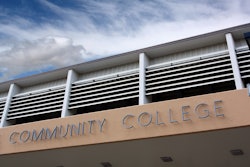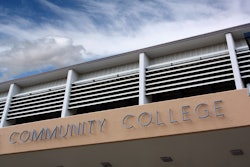Despite broad national support for such programs, state funding for higher education that is tied to performance metrics has mixed results at universities and community colleges, Community College Research Center (CCRC) researchers argue in a new book.
Diverse spoke with Kevin Dougherty, CCRC researcher and one of the six authors of “Performance Funding for Higher Education,” out earlier this week. Dougherty said that their research found that, while institutions are revamping their approach to student success and completion, the data does not conclusively indicate that performance funding has resulted in an increase in graduation numbers.
“What we’re trying to point out is that while it’s pretty clear performance funding has gotten the attention of institutions, and has resulted in their changing their academic practice and student service policies to do a better job of graduating students, it is also clear that performance funding to date has not proven itself conclusively to increase student graduation numbers,” Dougherty said.
Tennessee was the first state to utilize performance funding, in 1979. When they were first implemented, performance funding programs typically provided monetary incentives to institutions in addition to regular state funding. In more recent iterations, performance funding is built into the direct appropriations institutions receive from the state. It is also critical to note that, overall, state funding to higher education has decreased.
More than 30 states currently use performance funding as a means of incentivizing public institutions to improve their results in areas such as student retention, graduation rates and job placement numbers. CCRC researchers focused their research on institutions in Ohio, Indiana and Tennessee. The majority of state funding to higher education comes from performance funding in Ohio and Tennessee, at 80 percent and 85 to 90 percent, respectively. In Indiana, which initiated its first performance funding program in 2007, the proportion is 6 percent.
CCRC researchers interviewed state officials, political figures, and institutional administrators and faculty at 18 universities and community colleges in Ohio, Indiana and Tennessee. They did not name individuals or institutions in order to preserve their anonymity. According to respondents among the administration and faculty at the institutions in the study, performance funding has had a number of unintended consequences on enrollment and academic standards.
The most frequently mentioned unintended impact of performance funding, across the full spectrum of institutions, was the restriction of admission to better prepared students. Even at community colleges and some four-year institutions, which have historically had an open-access mission and were designed to serve underserved populations, school representatives also said that they had been considering or actually implemented strategies to recruit better-prepared students.















